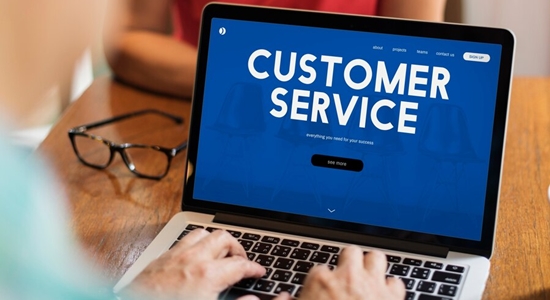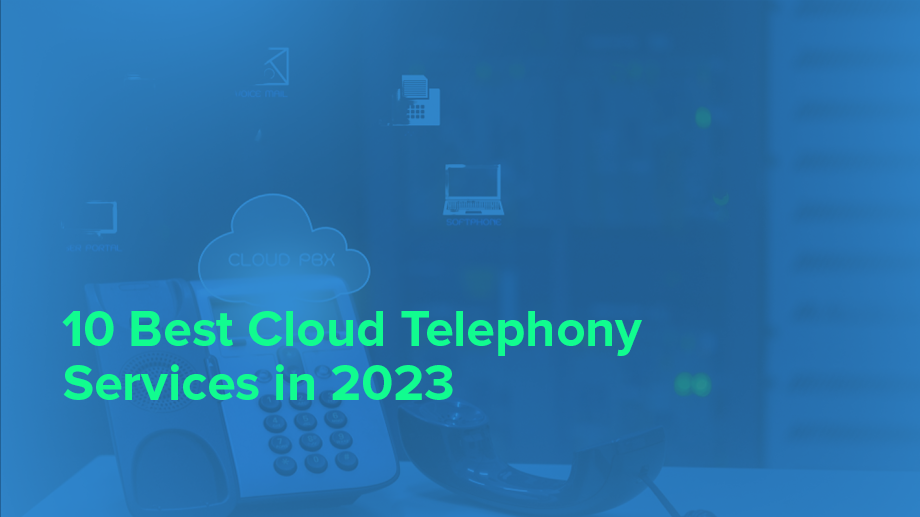- Resources
- How to make collection calls? Cash in on the right technology.
How to make collection calls? Cash in on the right technology.

“A customer who is delinquent on a loan is, first and foremost, a customer. If handled correctly, a collections customer can still yield new sales. If handled incorrectly, current and future sales could be lost.” Chris Maranis*
As most contact centers for financial institutions, products and services know, debt collection calls constitute a large volume of agent work. This includes loan or credit card payment reminders, upcoming payments, and overdue bill collections. These calls are rarely pleasant. This controversial and potentially confrontational topic needs to be tackled with sensitivity, speed, and most importantly, loads of tact!
Let’s consider some possible scenarios:
Call 1
Agent: “Mr. X, we are calling from Y Bank to remind you of your overdue payment of $$ towards your home loan repayment.
Customer: “I can’t talk, I’m busy.”
The customer hangs up.
Call 2
Agent: Good morning mam, I’m calling on behalf of Moneybags Bank. Have you made the payment on your Gold Credit Card for the month of January?
Customer: I am doing it today. Stop bothering me.
The customer hangs up.
Sound familiar?
Furthermore, due to the sensitive nature of debt collection, customers mostly prefer indirect communication. It enables convenient, informational and less emotionally charged experiences.
- Our research data suggests that to convey 1,000 collection messages you need to make 2,500 calls. This means that to get a live connect you must dial an average of dial 2.5 times. And after that, customers rarely answer on the first try!
- Reasons like customers asking for a callback, noncooperation or wrong numbers, mean that almost 60% of the connected calls don’t serve the intended purpose. This is a huge drain on time and manpower.
In this article, we will explore:
The 3 most effective technologies for collection calls
The first step to improving your collection call process is to select the right communication channels. You want to choose these channels based on a deep understanding of your customer. The aim is to make the whole process as stress-free as possible. From the contact center’s point of view, you want to maximize reach and minimize time wastage.
1. Voice bots
Using voice bots for collections is the way of the future. Efficient, unbiased, and enhanced with NLP, these AI-powered voice bots can be, ironically, just the right tool needed to humanize the debt collection process. Voice bots integrate with your dialer APIs to call your entire database in a matter of minutes. They reduce unproductive agent time and connect agents only to those customers who actually want to speak to one.
Voice bots don’t just relay the message, they use NLP and intent recognition to understand what the customer says, even if they don’t give direct yes/no answers. They can reschedule calls, create and save dispositions, or divert calls to agents if needed. In cases where a customer turns hostile over a call, the bot can relay a statutory warning message and “intuitively” gauge when human intervention is needed.
The bot advantage
Bots give businesses both a productivity edge and a CX advantage. On one hand, they reduce all the unproductive time agents spend in dialing, connecting, and relaying messages. Instead, they connect live agents to the 10 odd-percent customers who really need to speak to them. And, on the other hand, customers (many of whom do intend to pay) prefer hearing the anonymous reminder to a live person reprimanding them.
2. Auto Dialers
Would you like to reduce agent workload by almost 60%? Even if you don’t use a voice bot, you can still reduce the unproductive man-hours that agents spend in dialing contacts by using an autodialer. Power dialers or Predictive dialers automate the dialing process, skip answering machines, busy tones, and connect agents only to live contacts.
Furthermore, IVR Dialers can automate dialing and also relay a simple IVR message. Although the IVR cannot carry out a nuanced conversation or understand intent like a voice bot, it can obtain simple yes/no answers.
The Auto Dialers Advantage
By simply eliminating the time agents spend in selecting whom to call, dialing and listening to answering machines or busy tones, Auto dialers have been reported to improve productivity by 200-300%.
3. Personalized SMS
Although voice interactions and technology are more popular now, reminders and notifications via personalized SMS remain a cost-effective mode for debt collection (albeit a slightly outdated one). SMS debt collection strategies in tandem with live calls and voice bots can also be used depending on your customer demographics, in order to provide a non-invasive means to an end.
SMS Advantage
Customers do sometimes refuse to talk to agents on a call but will likely pay attention to an SMS that conveys urgency and a clear call to action. They may also be used for gentle reminders to customers who are usually not defaulters.
Conclusion
“Every once in a while, a new technology, an old problem, and a big idea turn into an innovation.” – Dean Kamen
For collections and other customer contact organizations, enhancing agents’ productive hours are a major concern. When it comes to high volume, repetitive and unpleasant work like debt collection, innovations in technology go a long way in creating efficient and frictionless processes.
For more on why you need to get a voice bot to transform your collections process, visit
https://ozonetel.com/voicebot/.
Curious about IVR Dialers and would like to save on running costs? Visit https://ozonetel.com/Resources/ivrdailer.html for more details.







